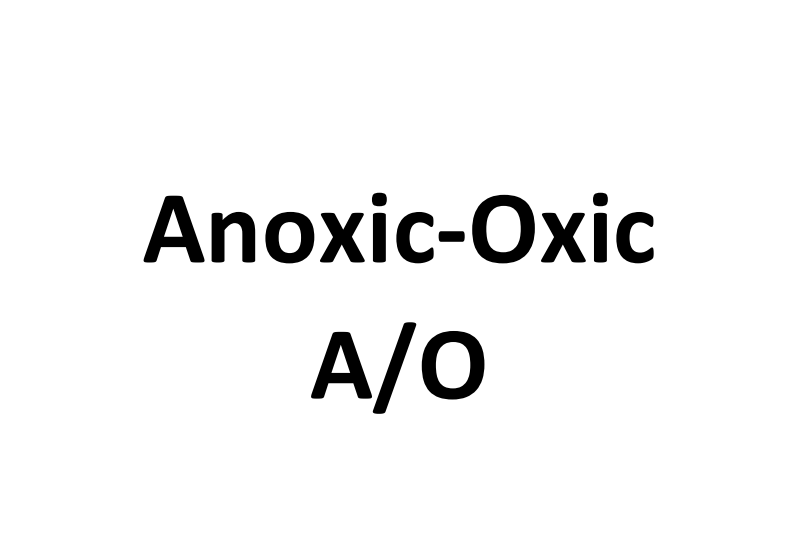Differences between Nitrogen and Phosphorus Removal in A/O Process
For nitrogen and phosphorus removal by A/O(Anoxic-Oxic) Process,the following two conditions must be met:
1. Create an active environment for denitrifying bacteria and actively remove nitrogen.
2. Create an active environment for phosphorus accumulating bacteria, and use the above two functions to remove nitrogen and phosphorus.
A/O Operation Method for Nitrogen Removal
In order to obtain energy, microorganisms will use more oxygen to decompose organics. Under anoxic conditions, denitrifying bacteria can make full use of the oxygen contained in nitrate ions (NO3 -) and nitrite ions (NO2 -), and finally convert nitrogen in sewage into gas and release it into air. This is the basic principle of denitrification.
In addition, ammonia nitrogen is converted into nitrite ion through nitrification reaction, which can further generate nitrate ion.
During the operation of nitrogen removal in water treatment, a large number of nitrifying bacteria should first be allowed to live in the activated sludge.Therefore, the ammonia nitrogen in the influent shall be oxidized to nitrate in the aerobic section of the reaction tank.
In order to mix the effluent of the secondary sedimentation tank containing nitrate ions with sewage and activated sludge, anaerobic conditions (no oxygen, with NO3 -) should be set in the reaction tank. In order to obtain energy from sewage, anaerobic microorganisms will actively degrade organics by using the oxygen in nitrate nitrogen. After the oxygen in nitrate nitrogen is consumed, the residual nitrogen is converted into gas and released to the atmosphere.
A/O Operation Method for Phosphorus Removal
When microorganisms are under absolute anaerobic conditions (no oxygen, no NO3 -), they mix with sewage to absorb oxygen in order to obtain energy from organic matter in sewage. However, in the absence of oxygen, phosphorus accumulating bacteria will consume the oxygen in adenosine triphosphate in their own bodies to obtain energy, which results in the release of inorganic phosphorus in the anaerobic section. Then, under aerobic conditions, the microbial mixed water containing the released phosphorus began to accumulate a large amount of phosphorus in the body in excess of the released amount for fear of being hungry again. Through the action of these microorganisms, the phosphorus in the treated water is reduced. This is the mechanism of phosphorus removal.
When phosphorus removal is carried out, the absolute anaerobic state shall be set in the reaction tank first. In the anaerobic tank, the activated sludge is mixed with the organic matter in the influent that becomes its food, and the phosphorus accumulating bacteria in the activated sludge release inorganic phosphorus. However, in the next aerobic tank, phosphorus accumulating bacteria can absorb phosphorus, thus achieving phosphorus removal.
Differences between A/O Denitrification and Dephosphorization Processes
It can be seen from the process settings that the difference between A/O denitrification and dephosphorization is only an internal reflux. In the A/O denitrification process, the internal reflux carries nitrate nitrogen (hydrogen acceptor) into pool A, where the carbon source is metabolized to complete the denitrification metabolism; In the A/O phosphorus removal process, tank A should ensure an anaerobic environment. Tank A is a metabolic process of initial metabolism and storage of organic matter, and ultimately, it is used as energy for phosphate over absorption in an aerobic tank.
To sum up, the same A/O method can be used for both nitrogen and phosphorus removal. According to their different mechanisms, anaerobic (anaerobic, with NO3 -) and absolute anaerobic (anaerobic, without NO3 -) conditions need to be set. Therefore, we can judge whether the A/O process is set for nitrogen or phosphorus removal from whether there is internal reflux.
#QDEVU #WATERTREATMENT #WASTEWATERTREATMENT #SEWAGETREATMENT



